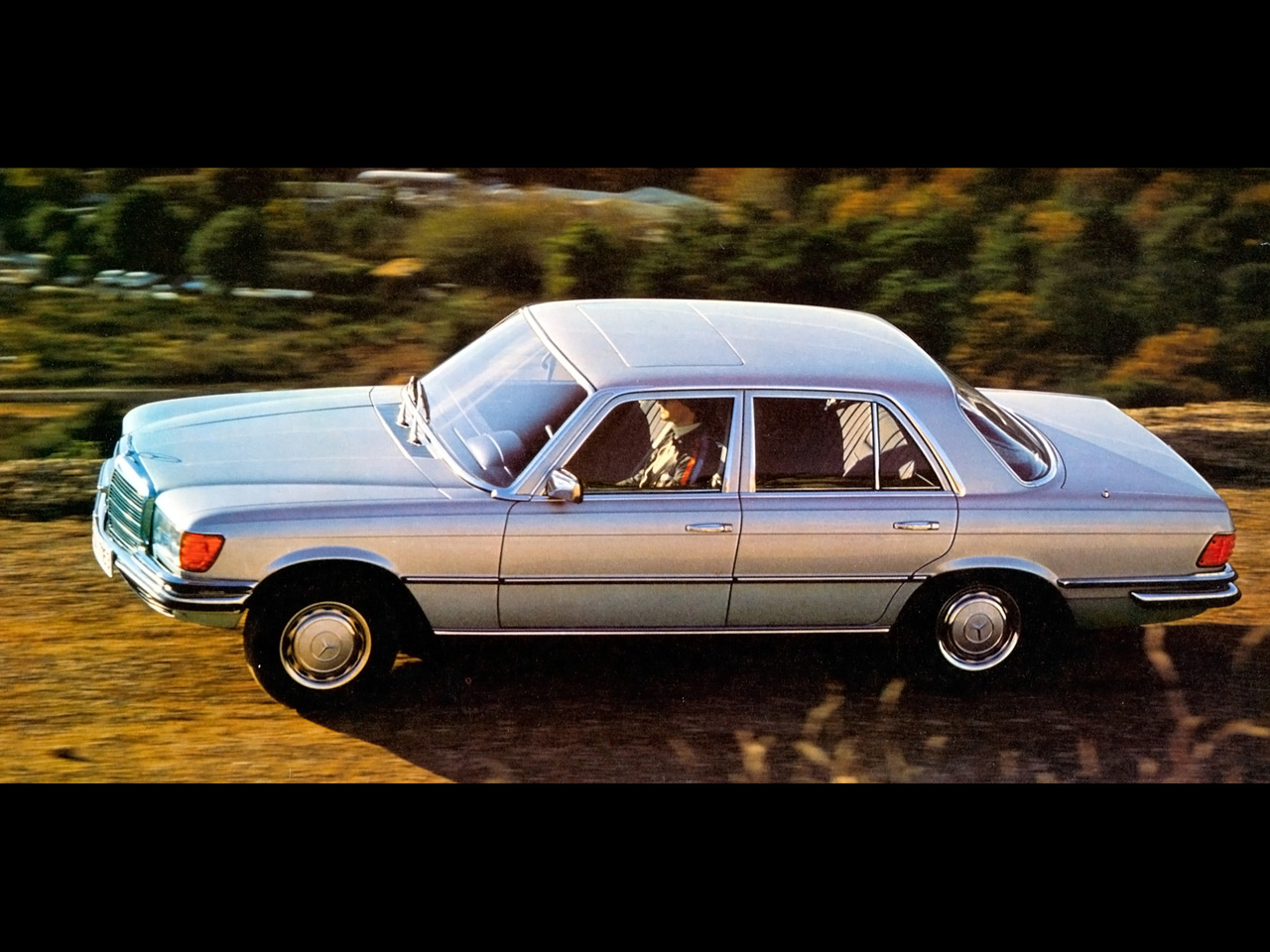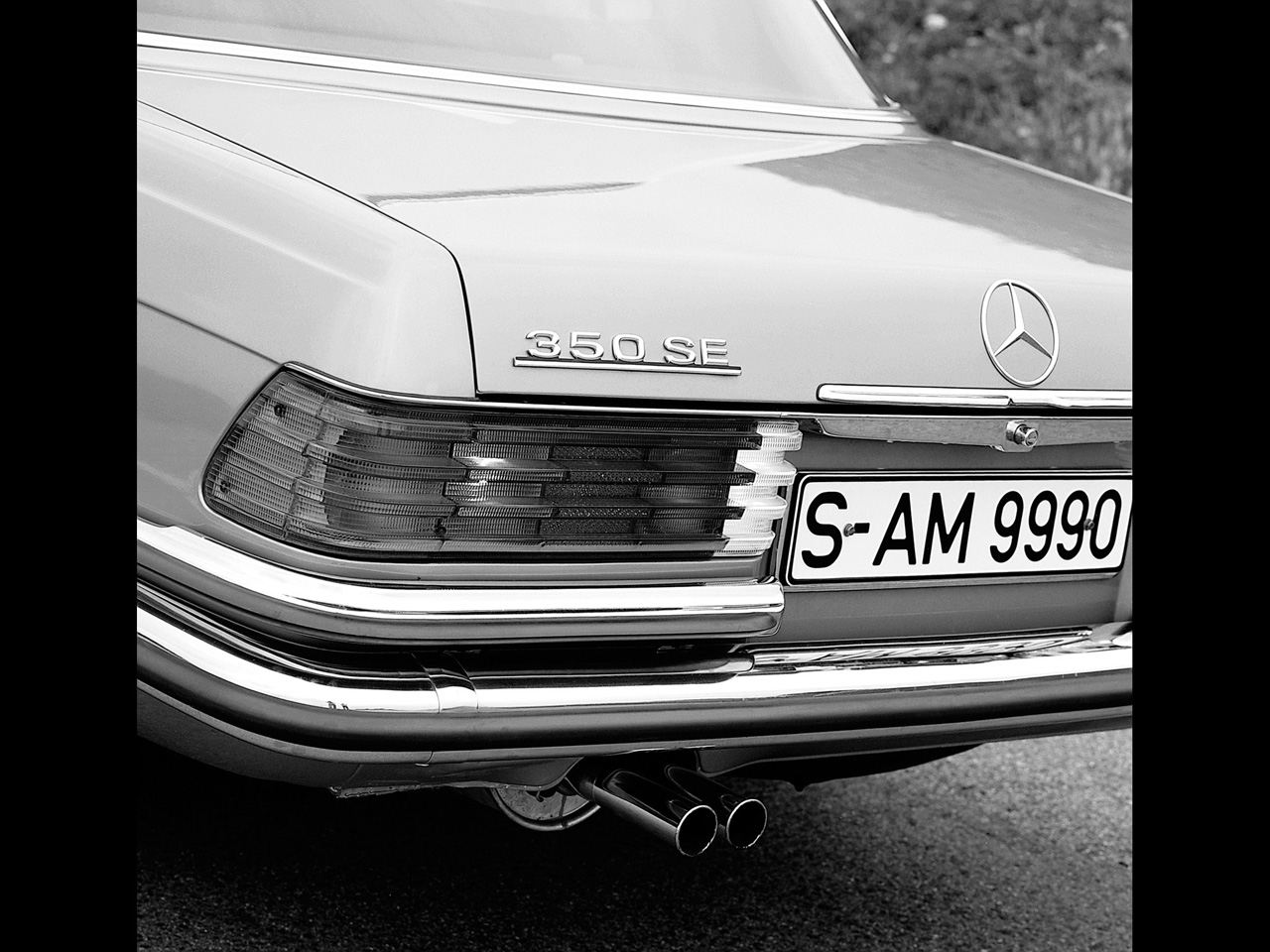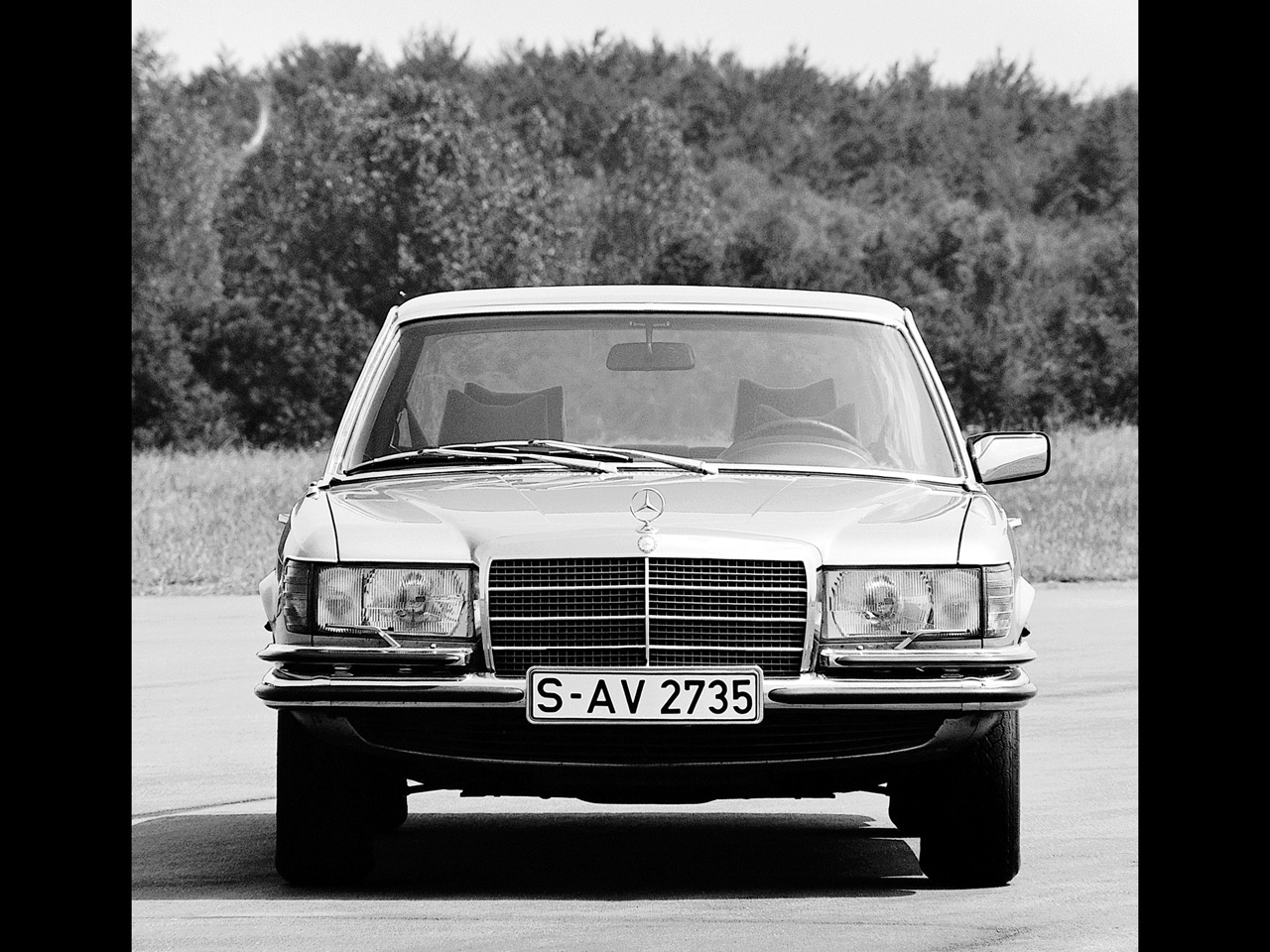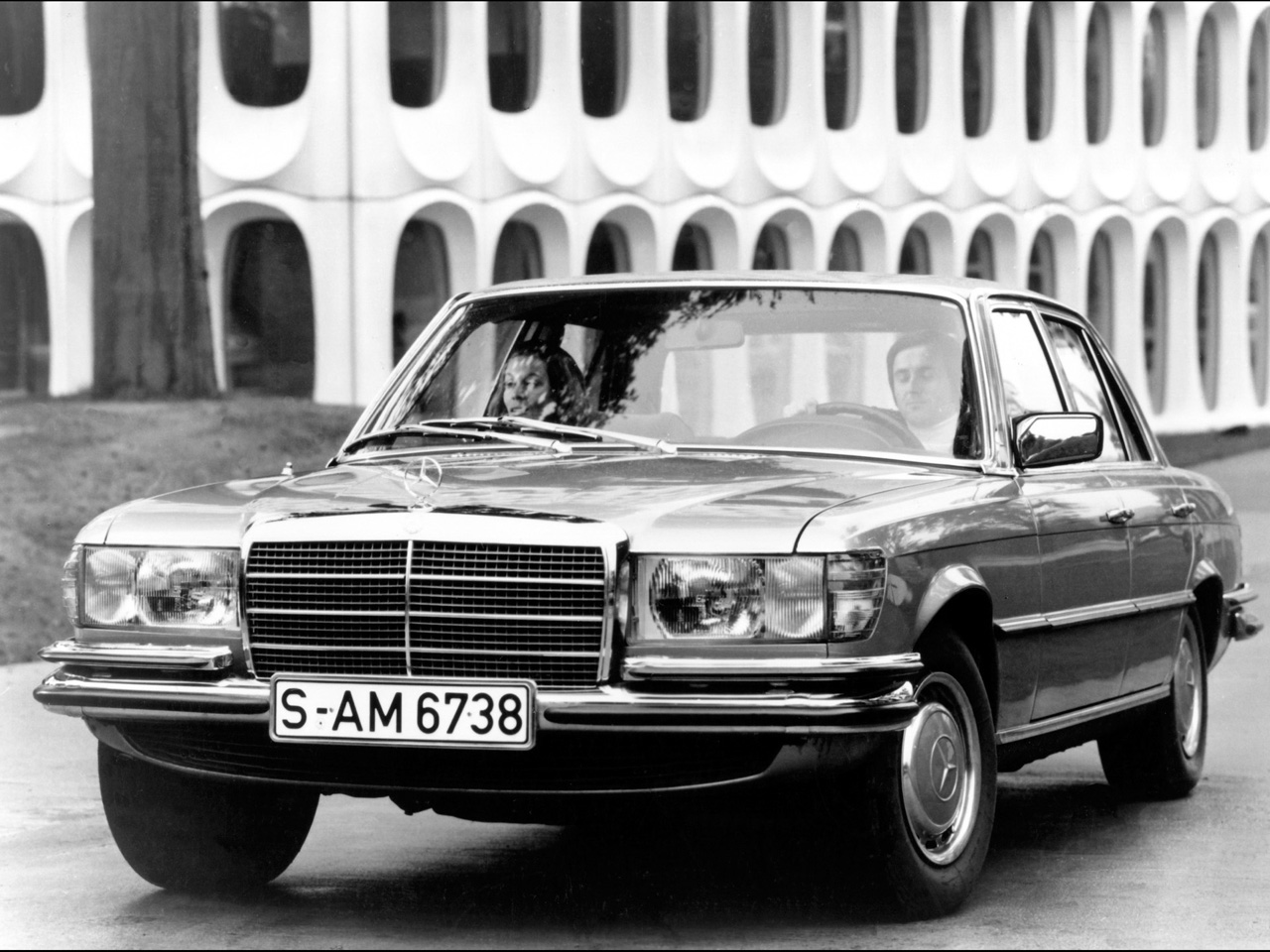1972-1980 Mercedes-Benz S-Class 116 Series
|
Price |
-- |
Production |
-- | ||
|
Engine |
-- |
Weight |
-- | ||
|
Aspiration |
-- |
Torque |
-- | ||
|
HP |
-- |
HP/Weight |
-- | ||
|
HP/Liter |
-- |
1/4 mile |
-- | ||
|
0-62 mph |
-- |
Top Speed |
-- |
(from Daimler Press Release) Modern Classics: the Mercedes-Benz S-Class of the 116 series (1972 to 1980)
The luxury class saloons of the Mercedes-Benz brand have borne the “S-Class” name for what seems like an eternity. Yet in fact this has only been the case since 1972: this was the year in which the new luxury class model series designated internally as the 116 made its official debut under the S-Class name, initially in the form of the 280 S, 280 SE and 350 SE. In 1975 the brand brought out a new top-of-the-range model which set standards in many respects: the Mercedes-Benz 450 SEL 6.9 boasted the largest engine capacity for a saloon at that time, providing sports car-like levels of performance. In 1977, the 300 SD model also set standards: it became the first Mercedes-Benz luxury class saloon to feature a diesel engine, and at the time was destined exclusively for export to North America. It was also a pioneering model, however – today the diesel engine is a natural alternative to the petrol engine in all vehicle classes.
The S-Class has always been an innovation driver and has introduced a variety of new technological automotive products and features which have set standards across the sector. The same is true of the 116 model series. In the brochure dating from 1972, the brand declared in a confident and appropriate manner: “Mercedes-Benz vehicles have [...] reached such a high technical standard that it did not seem possible to be able to achieve any further advances of discernible significance. Nevertheless, this is precisely what we have succeeded in achieving with the new S-Class - by pushing the physical and technical boundaries of modern automotive engineering. Currently it is not possible to imagine a better overall solution. In some areas it has been possible to make such substantial advances that we are able to talk about new dimensions of driving characteristics, safety and comfort.”
This is true: the 116 series scored highly in many areas, with such innovations as the double-wishbone front suspension, for example, which had been used for the first time in 1969 in the C 111 prototype vehicle. The S-Class was designed consistently on the basis of results gathered from safety research, right through to the interior which in many areas was built with a view to keeping the risk of injury to an absolute minimum. The fuel tank was installed over the rear axle to provide protection in the event of a collision. And 1978 witnessed the debut of an epoch-making innovation in the area of safety: Mercedes-Benz premiered the world’s first anti-lock braking system (ABS) in the 116-series S-Class – and what had been a long-standing dream of the engineers became a reality. The sheer number of innovative details means that such an S-Class is still up-to-date even today, and as such it is a true modern classic.
This aspect is also reflected in the design of the model series: it clearly places the vehicle in the 1970’s, yet it is still by no means archaic. The designers of the brand skilfully crafted the 116 series with lines which have kept it fresh during its time – and still keep it fresh today.
Driving a 116-series S-Class today provides just as high a standard of ride as ever. Even long distances can be covered comfortably in the Saloon, as the spaciousness and comfort of the normal S-Class already set standards. The long-version offers almost regal levels of comfort with its longer legroom in the rear. Sometimes you might even wish you had a chauffeur to drive you – although taking to the wheel yourself affords immense joy, enabling the quality and precision of the whole vehicle to be experienced.
Mercedes-Benz makes it easy to look after a modern classic from the moment of taking ownership thanks to the brand’s excellent provision of spare parts and the available know-how: almost every part can be obtained via Mercedes-Benz partners and the company’s own ordering system, with delivery for the most part taking place overnight. Some authorised workshops have also even been appointed as Classic Partners – they are able to demonstrate outstanding expertise with older vehicles.
Furthermore, anyone looking for a modern classic is also likely to strike it lucky with the manufacturer: Mercedes-Benz Young Classics is the division specialising in such vehicles, and offers several examples in its vehicle range – all in excellent condition and with a traceable history, such that they could almost pass for new vehicles. So convinced is it of their quality that Mercedes-Benz Young Classics even offers a warranty for the vehicles – something which is unique in the automotive sector.



